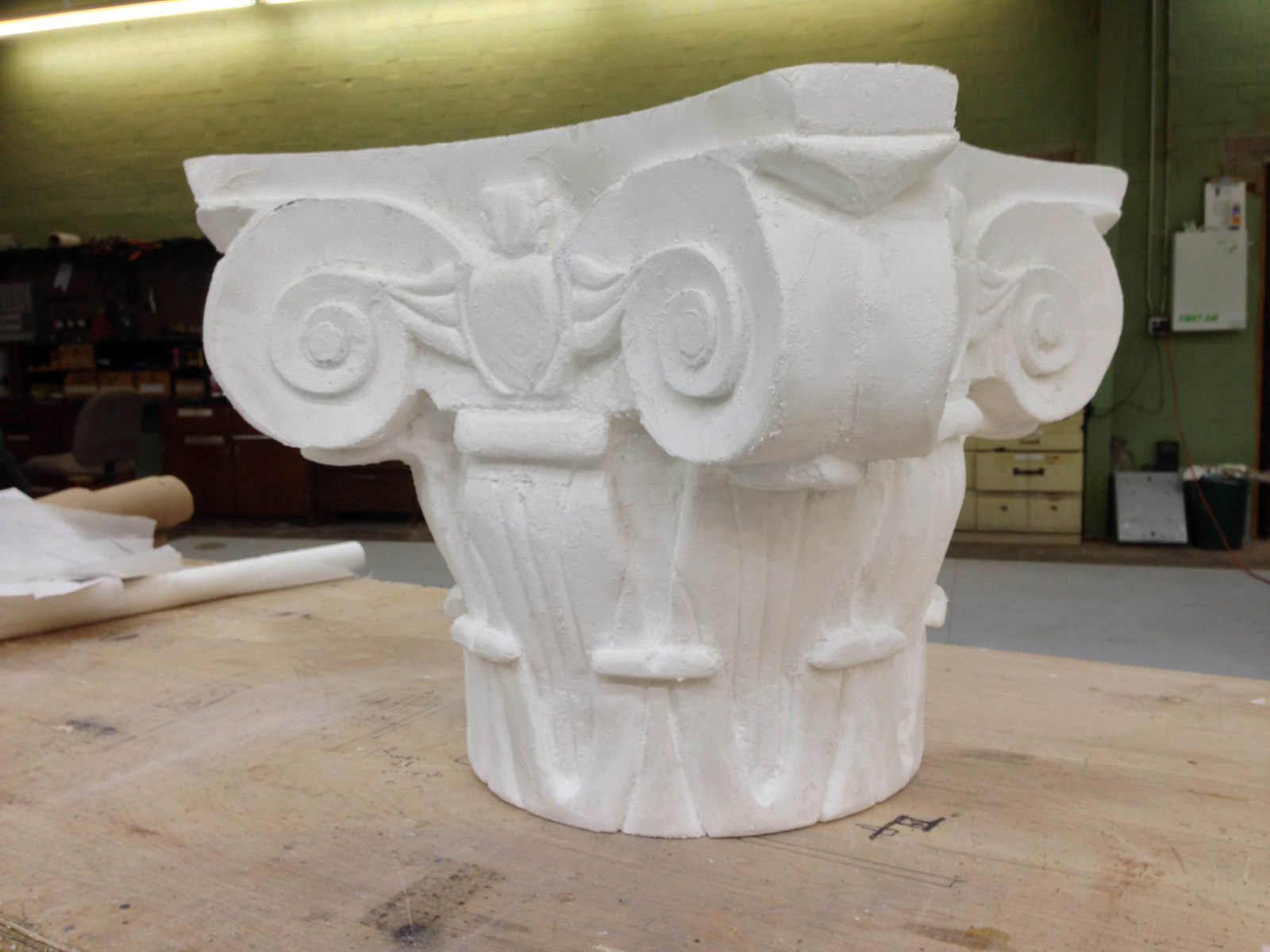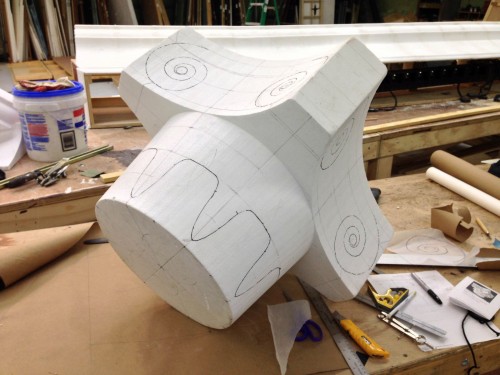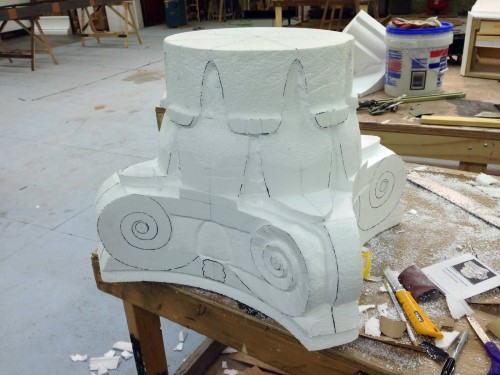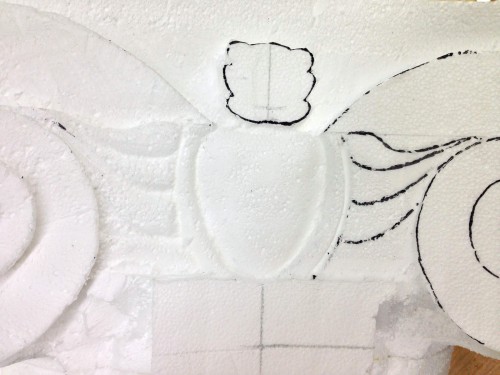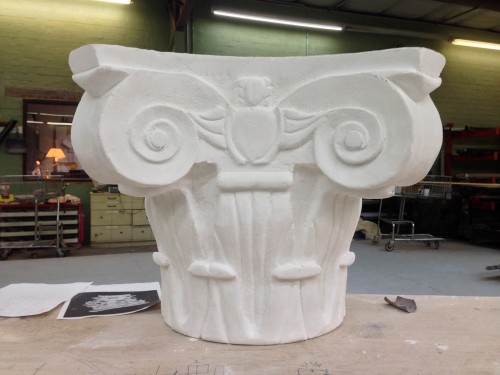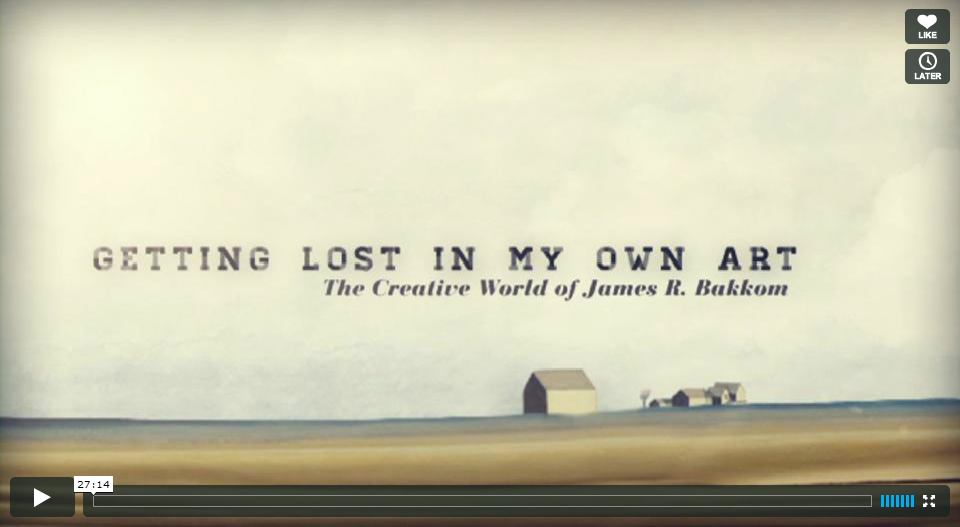Just a reminder that there’s little more than 25 days left to enter the Prop Building Guidebook Contest! You can’t win if you don’t enter. I also wanted to ask a favor; if you have already bought your copy of the Prop Building Guidebook, head on over to the Amazon page (or to whichever store you bought it from) and leave a rating or a comment. I also have a Facebook page where you can tell me what you think. I’d love to hear what you like about the book, what you don’t, and how you’re using it. Now, onto the links!
David Katz has a website with a lot of information centered around his “Chemistry in a Toy Store“. It has some pretty fascinating articles about how common chemical toys work, such as Silly Putty, Slime, Shrinky Dinks, and the like. What is even more useful is if you scroll down, you will see Chemistry in the Toy Store Recipes; Katz shows how you can use common household ingredients to make things like slime, ooze, disappearing ink, various putties and more. Props people need these recipes all the time, and Katz is the chemist who originally came up with most of them.
Phil Obermarck is a sculptor who runs a blog, and he has an in-depth article about his experience using Jesmonite. Jesmonite is a gypsum-based acrylic resin that can be used with fiberglass. Unlike typical fiberglass resin (usually a polyester resin), Jesmonite is water-based and contains no solvents, which gets rid of a LOT of the health and safety hazards inherent in using fiberglass (though certainly not all of them). It unfortunately looks as though it is only available in the UK and Europe, though you can get comparable products in the US (Aqua-Resin being among the more popular).
Photographer Andrew Scrivani has an interesting article in the New York Times on how to choose props to improve food photography. While few of us may be propping a food photo, the ideas he shares are just as useful for anyone dressing a set or designing the props in a scene.
The original Frankenstein movie was a hallmark in special effects makeup as well as set dressing (try to think of a science laboratory that hasn’t been influenced by this film). So how cool is it to see behind-the-scenes photographs of Frankenstein and similar monster films?

